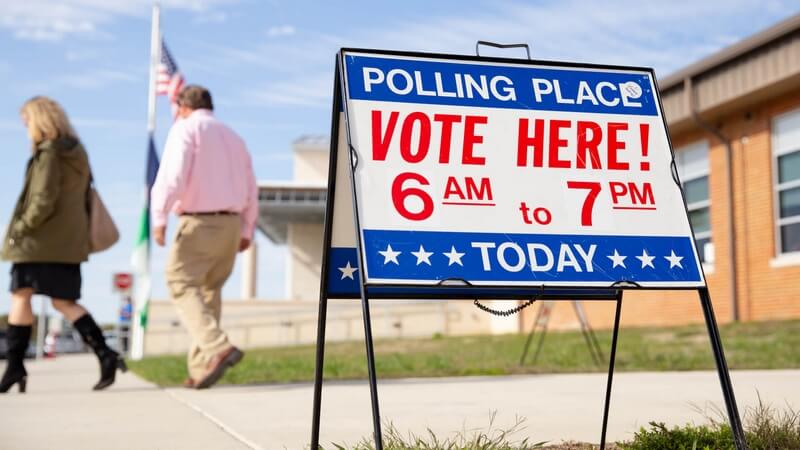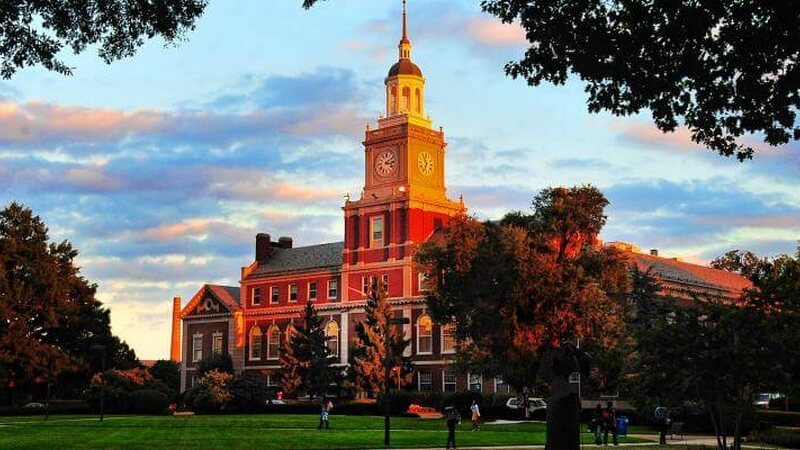Choosing between public and private schools depends on individual family needs, values, and financial situations. Public schools offer accessibility and a diverse environment, backed by standardized education and funded through taxpayer money. Private schools provide specialized programs, smaller class sizes, and potentially superior facilities, financed through tuition and private contributions. Parents must weigh these factors and consider what environment will best support their child’s learning and growth.
Public vs. Private Schools: Understanding the Differences and Making the Right Choice
Choosing the right school for a child is one of the most important decisions parents face. In the United States, families often debate between public and private schools. Both have their unique advantages and challenges. This article explores the differences between public and private schools to help parents make an informed decision.
Education Quality and Curriculum
Public Schools:
Public schools in the U.S. are funded by taxpayers and managed by local school districts. They follow state-mandated curricula, ensuring a standardized level of education across various regions. Because public schools must adhere to state guidelines, they often offer a broad curriculum that covers essential subjects and prepares students for standardized testing.
Private Schools:
Private schools, on the other hand, are funded through tuition fees, donations, and other private sources. This financial independence allows for a more flexible curriculum. Many private schools offer specialized programs, such as religious education, arts-focused curriculums, or advanced placement (AP) courses that might not be available in public schools. The quality of education can vary widely, but many private schools have rigorous academic standards and smaller class sizes.
Cost and Accessibility
Public Schools:
Public schools are tuition-free, making them accessible to all students within their district. This inclusivity ensures that every child has the opportunity to receive an education, regardless of their family’s financial situation. The cost of public schooling is generally covered through local property taxes, state funds, and federal funding.
Private Schools:
Private schools require tuition, which can be a significant expense for many families. While some private schools offer scholarships and financial aid, the cost can still be prohibitive. This financial barrier often leads to a less diverse student body in terms of socioeconomic background.
Teacher Qualifications and Student-Teacher Ratios
Public Schools:
Teachers in public schools must meet state certification requirements, which typically include holding a bachelor’s degree, completing a teacher preparation program, and passing state exams. The student-teacher ratio in public schools varies widely, often depending on the school district’s resources and funding.
Private Schools:
Private school teachers might not be required to hold state certification, but many schools prefer to hire those who do. Additionally, private schools often employ teachers with advanced degrees and specialized knowledge in their subject areas. One of the critical advantages of private schools is their typically lower student-teacher ratios, allowing for more individualized attention and customized instruction.
Extracurricular Activities and Facilities
Public Schools:
Public schools often offer a wide range of extracurricular activities, including sports teams, music and arts programs, and various clubs. The facilities in public schools can vary significantly, with some schools boasting state-of-the-art resources while others may struggle with outdated equipment due to funding disparities.
Private Schools:
Private schools may offer diverse extracurricular opportunities, particularly if they focus on specialized areas like the arts, sports, or sciences. The facilities in private schools tend to be well-maintained and updated, reflecting the investment from tuition and donations.
Diversity and Inclusivity
Public Schools:
Public schools generally have a more diverse student population by default, as they serve all students within a district regardless of racial, cultural, or socioeconomic backgrounds. This diversity can provide valuable real-world experiences and promote inclusivity and understanding among students.
Private Schools:
Private schools might lack the same level of diversity found in public schools due to tuition costs and selective admission processes. However, this is not universally true, as some private schools actively seek to create a diverse student body through scholarships and inclusive policies.


